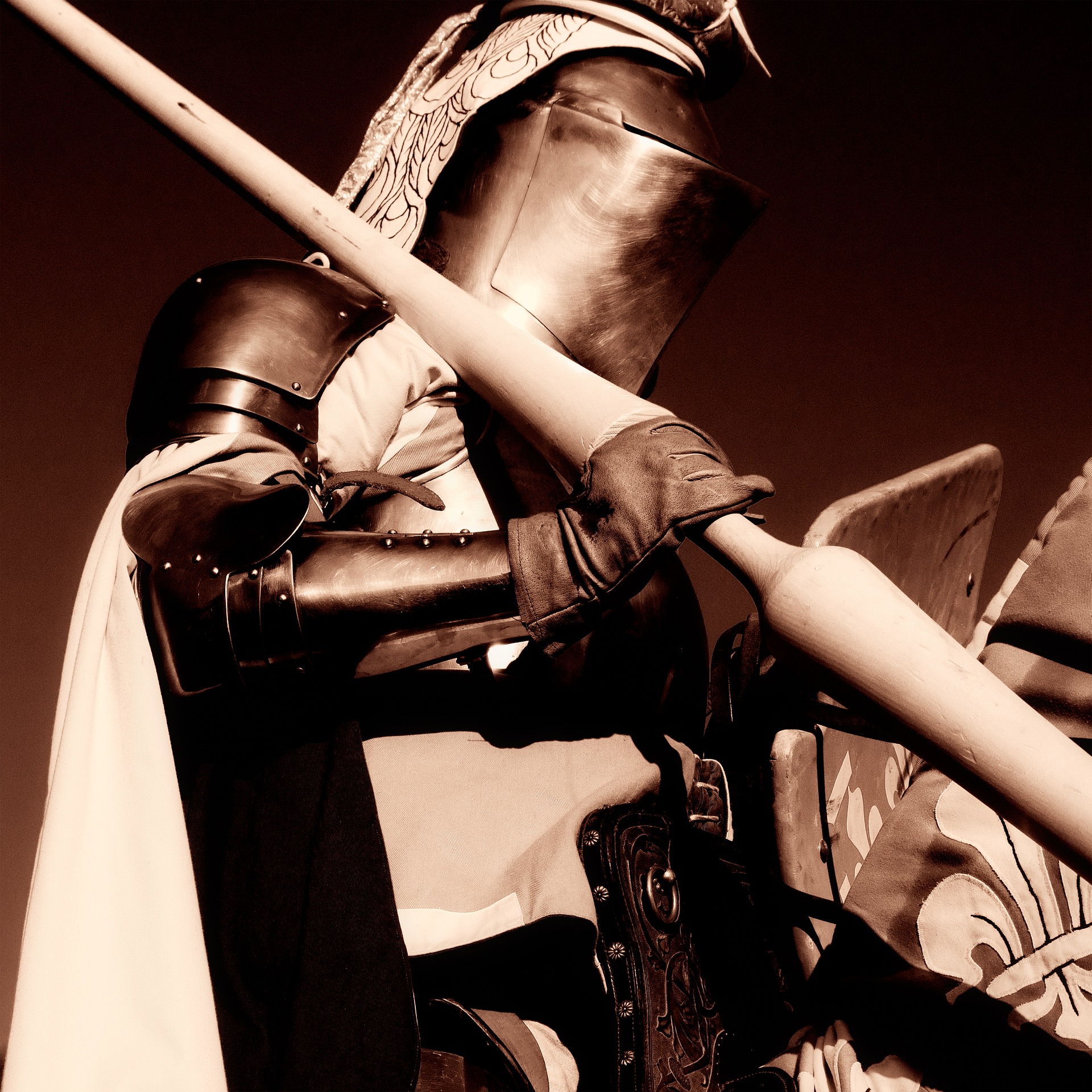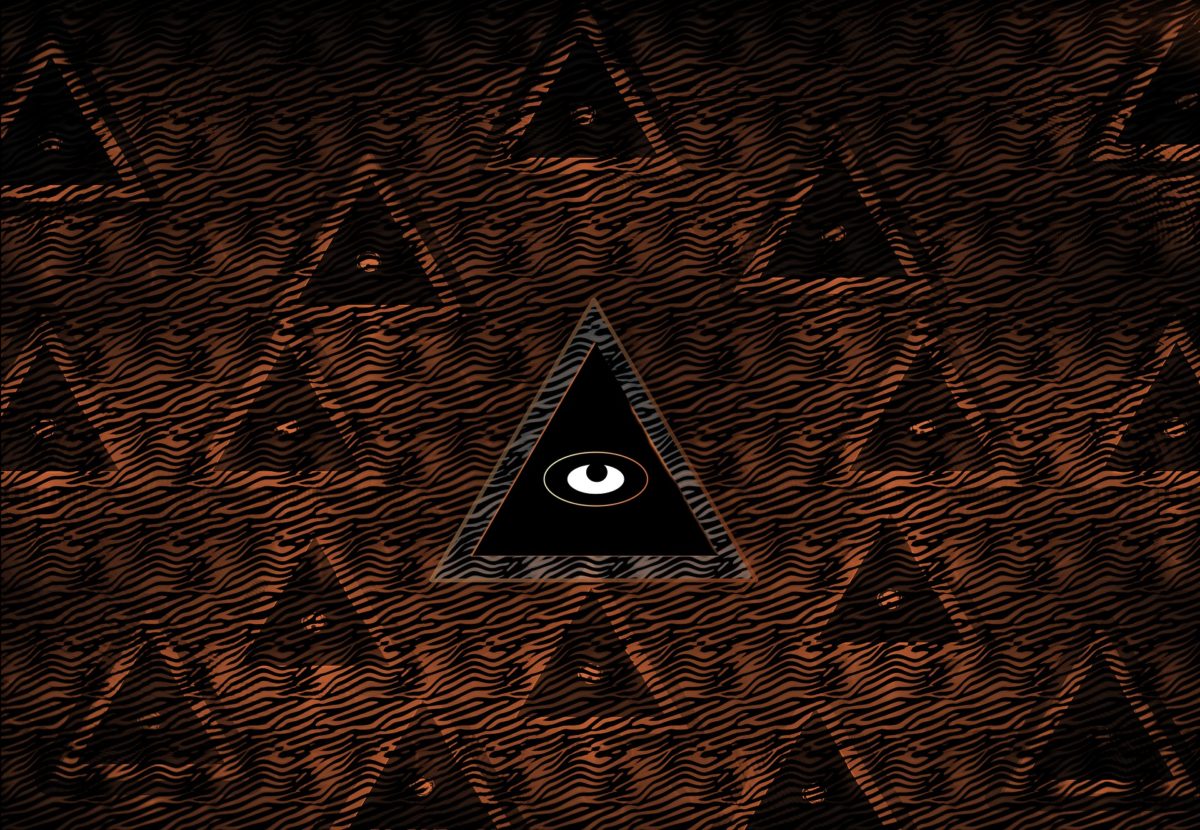Chapter 1: The Disgraced Knight
Sir Roland of Ashcroft had once been a celebrated knight, admired by many for his unwavering loyalty, unmatched skill with the sword, and devotion to chivalry. But the glory days were long gone, replaced by a tarnished reputation and a broken spirit.
After a tragic mistake in battle that resulted in the death of innocent lives, Roland was stripped of his knighthood and banished from his kingdom. The weight of guilt and shame consumed him as he wandered aimlessly, seeking redemption.
Chapter 2: A Chance Encounter
One fateful day, Roland stumbled upon a secluded village nestled in the shadow of a magnificent castle. Its people lived in constant fear of a cruel and tyrannical king, whose oppressive rule had turned their lives into a living nightmare. Roland’s heart stirred with a newfound determination as he witnessed the suffering of the villagers.
Chapter 3: A Desperate Cry for Help
As Roland delved deeper into the village’s woes, he discovered that the king’s corrupt advisor, Lord Aldric, was the true puppet master behind the kingdom’s miseries. Aldric, a cunning and manipulative noble, held the king under his sway, using his power for personal gain. The people yearned for someone to stand against the tyrant and bring justice to the land.
Chapter 4: The Spark of Hope
Roland’s desire to right the wrongs and protect the innocent burned brighter than ever. The villagers, inspired by his tales of valor and virtue, rallied around him, forming a resistance against Lord Aldric and his oppressive regime. Together, they dreamed of a kingdom free from tyranny, where justice and chivalry would prevail.
Chapter 5: Preparing for Battle
Realizing that defeating Lord Aldric and the king would require more than mere words, Roland trained the villagers in the art of combat. Swords clashed, shields blocked, and the once-frightened peasants began to transform into a formidable force, ready to fight for their freedom.
Chapter 6: A Secret Alliance
During his quest to garner support, Roland discovered a group of disgruntled knights who had also fallen victim to Lord Aldric’s treachery. They had silently plotted against the king, seeking to restore justice and honor to the realm. United by their shared desire for redemption, Roland and the renegade knights forged an alliance that would shape the fate of the kingdom.
Chapter 7: The Battle for Justice
As the day of reckoning arrived, Roland led his newfound allies and the village resistance in a daring siege on the castle. The clash of swords, the thunder of hooves, and the cries of battle echoed through the air. The odds were stacked against them, but the resolute hearts of the rebels refused to yield.
Chapter 8: Confronting the Darkness Within
In the heat of the battle, Roland faced his greatest challenge yet—confronting the darkness within himself. Haunted by his past mistakes, doubts plagued his mind, threatening to undermine his purpose. But through the unwavering support of his allies and the belief that he was capable of redemption, Roland found the strength to overcome his inner demons.
Chapter 9: A Final Showdown
In a climactic showdown, Roland faced Lord Aldric in single combat. Their swords clashed with a vengeance as the fate of the kingdom hung in the balance. With every strike, Roland fought not just for victory but to prove to himself and others that he was still worthy of the title of a knight.
Chapter 10: A New Dawn
In the end, righteousness prevailed, and Roland emerged victorious. The king, finally freed from Lord Aldric’s manipulation, recognized the true valor and noble spirit within Roland. Grateful for his deliverance, the king restored Roland’s honor, proclaiming him a knight once more. The villagers rejoiced, their hope restored, as they witnessed the triumph of justice over tyranny.
Medieval Holy Roman Empire Display Shield

Chapter 11: Rebuilding a Kingdom
With the kingdom freed from the grip of corruption, Roland turned his attention to rebuilding. He utilized his knowledge of feudalism and his understanding of the needs of the people to establish a fair and just governance. The once-downtrodden villagers became active participants in shaping their own destiny, and the kingdom began to flourish under Roland’s compassionate rule.
Chapter 12: Courtly Love and the Queen’s Secret
Amidst the rebuilding process, Roland encountered the queen, a woman of grace and wisdom who had suffered silently under the oppressive reign of Lord Aldric. The queen revealed her desire for a kingdom filled with love, where compassion and kindness prevailed. As Roland and the queen grew closer, they discovered a shared understanding of the importance of courtly love—a love based on respect, virtue, and selflessness.
However, the queen harbored a secret—a hidden heir to the throne, protected and hidden from Lord Aldric’s reach. Roland and the queen worked together, ensuring the safety of the rightful heir while safeguarding the kingdom from potential threats.
Chapter 13: The Return of a Foe
Just when the kingdom began to recover, news arrived of Lord Aldric’s escape from justice. Consumed by vengeance, he gathered a band of loyalists, intent on reclaiming his lost power. Roland knew that the stability of the kingdom hung in the balance once again.
Chapter 14: The Jousting Tournament
To confront Lord Aldric’s forces, Roland proposed a grand jousting tournament—a display of chivalry and skill that would not only provide entertainment but also serve as a platform to identify and recruit allies. Knights from far and wide flocked to the tournament, eager to prove their mettle and stand against the lingering shadows of corruption.
Chapter 15: The Final Siege
As the jousting tournament reached its climax, Roland’s true intention was unveiled. Amidst the cheers of the crowd, a surprise attack was launched by Lord Aldric’s forces. Chaos reigned as Roland and his allies fought to defend the kingdom against overwhelming odds. The fate of the kingdom, the queen, and the hidden heir hung in the balance.
Chapter 16: Sacrifices and Triumph
In the midst of the bloody battle, Roland confronted Lord Aldric in a duel that mirrored their previous encounter. Both men fought with a fervor fueled by their opposing desires—Lord Aldric’s thirst for power and Roland’s unwavering commitment to justice.
In a moment of sacrifice, Roland dealt a fatal blow to Lord Aldric but not without sustaining a severe injury himself. As the enemy forces faltered, the hidden heir, now revealed, emerged to witness the fall of the tyrant and the triumph of Roland’s unwavering spirit.
Chapter 17: A Legacy of Honor
Roland’s victory came at a great cost. As the kingdom celebrated its hard-fought freedom, Roland’s underlying need for redemption and self-acceptance was finally fulfilled. The people recognized him as a true hero, their champion of justice and defender of the realm.
With his strength failing, Roland passed the torch of leadership to the rightful heir and the queen, knowing that the kingdom was in capable hands. As he bid farewell to his comrades and the people he had fought to protect, Roland’s name would forever be etched in the annals of history, remembered as the Crimson Blade, the epitome of honor and redemption.
Epilogue: A Legacy Remembered
Years later, tales of Sir Roland, the Crimson Blade, echoed through the
halls of the kingdom. His story became the stuff of legends, passed down through generations as a reminder of the power of redemption and the enduring spirit of chivalry.
The kingdom thrived under the wise rule of the rightful heir, guided by the principles of justice and compassion instilled by Sir Roland. The legacy of the Crimson Blade became a source of inspiration for future knights, who sought to embody the virtues of honor, courage, and selflessness.
The queen, forever grateful for Roland’s unwavering dedication, established a grand monument in his honor. The statue depicted Sir Roland, sword raised high, a symbol of triumph over adversity. It served as a reminder to all who beheld it that redemption was possible, and that even in the darkest of times, the light of noble deeds could shine through.
In the years that followed, the ideals of chivalry, courtly love, and the code of knights remained firmly rooted in the kingdom’s culture. The lessons learned from Sir Roland’s journey shaped the hearts and minds of the people, fostering a society built on respect, fairness, and the pursuit of justice.
As time passed, the tale of Sir Roland and the Crimson Blade spread far beyond the borders of the kingdom. Travelers and storytellers carried his legend to distant lands, inspiring others to uphold the ideals of honor and knighthood.
And so, the story of Sir Roland, the Disgraced Knight turned Redeemer, stands as a testament to the indomitable spirit of one complex character. His problem, the guilt and shame that burdened his soul, was met with his desire for redemption and his underlying need for self-acceptance. Through courage, sacrifice, and unwavering determination, Sir Roland not only found redemption but also left behind a legacy that would endure for generations to come.
And thus, the story of the Crimson Blade’s redemption lives on, a beacon of hope and a reminder that even in the face of darkness, the light of honor and justice can prevail.

Egypt: Unraveling the Mysteries
Ancient Egypt, a civilization that flourished along the banks of the Nile River for over three millennia, continues to captivate our imagination with

Ancient Aliens: Unraveling Extraterrestrial Influence in History
Introduction The notion of extraterrestrial life has fascinated humanity for centuries. While most people associate aliens with science fiction,

Exploring the Origins, Purpose, and Symbolism of the Sphinx
The Sphinx, a colossal monument in the form of a mythical creature with the body of a lion and the head of a human, has captivated the human

The Awakening of a Magical Village
In a quaint village nestled deep in the woods, a sense of magic permeated the air. The villagers lived a simple, peaceful life, unaware of the

Storytelling: Magic genie lamp in 1746
Chapter 1: The Mysterious Lamp In the bustling city of London in the year 1746, a young and adventurous archeologist named Jonathan Spencer had




















